|
My favorite underrated tip, is chewing 30 times before swallowing. I cannot stress how important this is in stimulating digestion ensuring HCl stomach acid and digestive enzymes are released. It also takes a huge burden off of the stomach and pancreas helping prevent downstream symptoms such as flatulence and bloating.
My next favorite is leaving 3-5 hours between meals; this helps stimulate something called the migratory motor complex, which "housecleans" the stomach so to speak ensuring no food is stuck to the sides of the intestines, preventing diverticulosis, and lessening constipation. My third favorite, well actually they are all equally my favorites, but it is drinking water throughout the day. The body is composed of 50-75% water so it is incredibly important to flush old water out with fresh, clean water. Keep in mind the kidneys like just the right amount of water - too much water (>1liter) or too little water can cause damage so aim for ~ 1cup / hour (this includes herbal teas or water infusions) or if you want a nice flush of toxins liberated throughout the night drink ~2-3cups (500-750ml) upon waking. If you have any questions or comments please let me know! info@drjenniferrumancik.com Also find me on instagram and facebook. Have you heard of the baking soda test? It is a quick, easy, and affordable way to assess stomach acid. The baking soda (sodium bicarb) mixes with the stomach's hydrochloric acid and like when you mix vinegar and baking soda you get an eruption of bubbles / gas and it will elicit a burb. If the stomach acid is too low it will take a long time to produce a burp. This test does provide insight, but is not a incredibly scientific - there are many variables that can alter stomach acid each day; thus it is important to repeat the test for 3-5 days in a row! 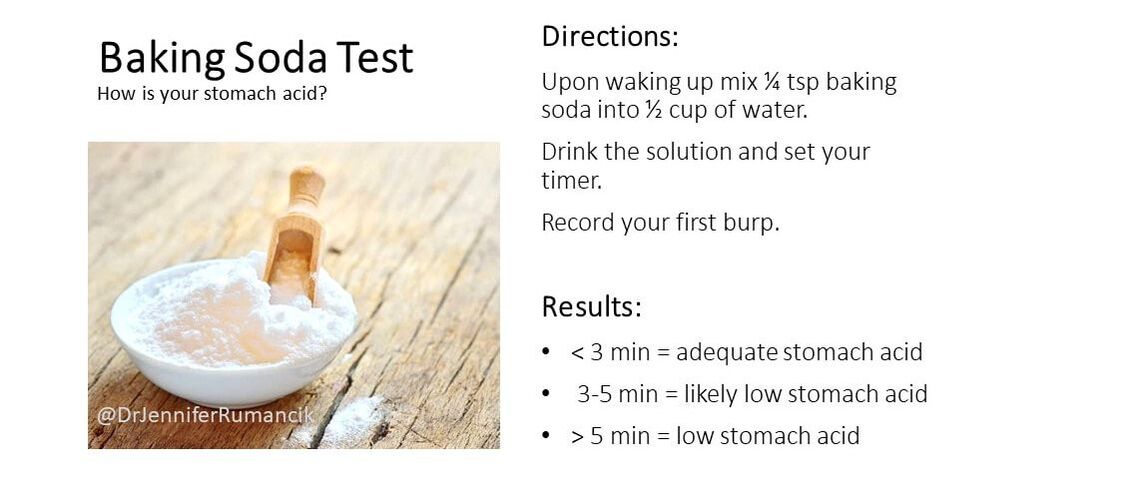 Did you try the test? Let me know how you made out!
STOMACH ACID - WHO NEEDS IT? a look into PPI / H2 blocker use, heartburn, & peptic ulcers.12/3/2019 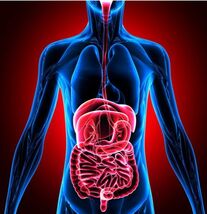 I have patient after patient that I discuss the importance of stomach acid. It is really the starting point to great digestion. If digestion in the stomach is not optimal then everything down the cascade is going to suffer. I also have numerous patients on a proton pump inhibitor or H2 Blocker: Ranitidine (Zantac), Famotidine (Pepcid), Cimetidine (Tagamet), Nizatidine (Axid), Prevacid (Lansoprazole), Omeprazole (Prilosec / Zegerid), Esomeprazole (Nexium), Dexlansoprazole (Dexilant), Rabeprazole (Acphex) and Pantoprazole (Protonix) – pretty much all drugs that end in “prazole” or "tidine". Thee are used to treat Gastro Esophageal Reflux Disease (GERD) / acidic reflux / heartburn and peptic ulcers. All health care professionals agree that GERD is caused by decreased lower esophageal sphincter pressure; this pressure is needed to open up the stomach and allow the chyme (stomach juices) to pass through. The main disagreement in health care professionals is whether someone should be on a PPI, how long is safe to stay on it and whether or not stomach acid is good. This article should clear up some of the misconceptions. Now, I love stomach acid and I believe good digestion begins with it. However, there are a few exceptions; 3 out of 1,000,000 individuals have a condition called Zollinger-Ellison Syndrome; this is a tumour in the stomach, duodenum, or pancreas that releases excess HCL (stomach acid); after a long period of time this can result in the development of an ulceration. The second situation where I don't like acid is when there is an active ulcer or gastritis inflammation of the stomach) - imagine pouring battery acid on an open wound - it can be quite painful. Lastly, if one isn't taking precautions to prevent their acid reflux (they are eating the same offending foods, overeating, eating too often, etc.) their esophagus can become damaged. This damage is quite serious and can cause scar tissue preventing the upper sphincter form closing, a condition called barret's esophagus, esophagitis (inflammation) or even cancer. A bit of physiology: Different regions of the body need to be at a different pH to perform different functions. For example, the stomach ranges from 1-4 (this is very acidic; battery acid is around a pH of 1, lemon juice and vinegar are around a pH of 2; oranges and soda pop are around a pH of 3 (and no please don't go drinking pop regularly to increase your acid levels unless you want weak bones and diabetes; occasional use only please). At rest the stomach may start at a pH of 4, but as you eat food it decreases or becomes more acidic to help with digestion, especially proteins. Once the pH drops it signals the lower sphincter to open, dumping all of the stomach's contents into the first part of the small intestine, called the duodenum. If you look at the chart above you will see that the duodenum is green (or a neutral pH around 7); this is because the pancreas detects the high acidity, which triggers it to release a ton of bicarb along with a ton of digestive enzymes. As food moves along the small intestine it is taken up by the enterocytes (cells lining the digestive wall) and lacteals (part of the lymphatic system specialized in absorbing fats) it becomes progressively more basic. However, once it reaches the large intestine it moves through a one way valve called the ileocecal valve and again becomes quite acidic. In the ascending portion of the large intestine bacteria are a bit more static and as such are busy fermenting / producing acid; however, as it moves along it continues to get more basic (this is why when you have diarrhea it can burn as it moves along the anal canal). How does one develop an ulcer? There a few reasons:
What causes Gastroesphageal Reflux Disease (GERD)?
To get a better idea of what great digestion looks like let’s look at a story of a "perfect digestor" - patient 1: Patient 1 sits down to eat in a nice relaxed atmosphere, taking time to smell their food as they are physically hungry and salivating at the mouth. Next they chew their food savouring every bit and masticating it until it is like liquid on their tongue before swallowing. Now, because they haven't over ate, their food is easily broken down in the stomach liberating the vitamins and minerals bound to their food and allowing them to be absorbed. Protein starts to be digested along with carbohydrates and some fats. The drop in stomach pH in the presence of their food causes the lower esophageal sphincter (the valve holding the stomach contents in) to open and the chyme (the stomach juices) still highly acidic to be released. This signals the pancreas to release bicarb (a neutralizing agent) as well as powerful digestive enzymes. Their food is perfectly absorbed as the digestion moves down the small intestine with most B12, bound to intrinsic factor (thanks to the highly acidic stomach juices), being absorbed at the very end. The bacteria here are happily content eating soluble fibers and in return are giving the body B5 (pantothenic acid), B7 (biotin), B12(cobalamin), vitamin K. These bacteria stimulate the vagus nerve encouraging relaxation and they also release short chain fatty acids that help enterocyctes (the cells of your intestine) to heal. These bacteria also produce 100s of neurochemicals that act on the brain to regulate mental processes such as mood, learning, and memory so patient 1 goes through their day happy, high energy, and will have a great sleep at night. Next, patient 1 drinks water between meals helping to remove any toxins and excrete them out through the kidneys, increasing nutrient absorption, and preventing constipation. Because patient 1 leaves time between meals it allows the migrating motility complex to send a signal sweeping away of any residual material (leftovers so to speak) and encouraging the smooth movement of food along the digestive tract. Lastly, they go to the washroom with their feet raised up on their squatty potty to ensure the correct anorectal angle and without excessive pushing you have a fantastic bowel movement - the perfect size, perfect colour, and perfect consistency. They feel great! Now let’s turn this story around to a "compromised digestor" - patient 2: After way too many nights of eating like a king and drinking fine wine followed by excessive pain killer use the following day to soothe the hangover patient 2 starts to develop terrible acid reflux and some constipation. Still addicted to their new lifestyle they decide to buy some TUMS and take them on the regular, but the constipation gets worse so now they are taking senacot every few days. Carrying on eating and drinking as their bank account allows they wake up with excruciating pain in the stomach (a duodenal ulcer) so they head straight to the Dr. and get a Proton Pump Inhibitor (PPI); not knowing when to come off of it they decide to stay on it indefinitely. It does help relieve the pain and the acid reflux goes away after about 1 month of being on them; however, their constipation is getting worse and now there getting a red rash on their face. A total lifestyle change is in order so patient 2 stops partying, increases their exercise, and start to eat healthy; however, now they are noticing severe bloating that gets worse as the day goes on - food just seems to sit in their stomach fermenting rather than digesting. The excruciating stomach pain has come back and their Dr tells them they have an H.pylori infection and needs to be on an antibiotic. Patient 2 is getting frustrated as things are getting worse and worse and so decides to do some research. Here is what they find:
Next the "compromised digestor immediately calls their naturopath and books an appointment to get back on tract 😉 Dr Jennifer Rumancik 306.331.0305 Have a comment or suggestion? Please send it my way! Want to share this post? Sure! - help spread the word in the hopes for a healthier world; however, please kindly give me credit. Thank you for reading. Jennifer References:
This was a great talk I came across from medical doctor Ken D Berry.
The highlights include: -Vitamin D is one of the most highly overlooked deficiencies in the northern hemisphere. -D3 is ore absorbable than D2 (both are fat soluble and should be taken with healthy fats / oils). -Doses range from 2000-10,000IU / day. -No one has ever overdosed from vitamin D. -Testing should be done 2-3x /year. -Optimal levels need to be > 50nmol/L to notice achieve benefits. Thanks Dr Berry for the lecture - I completely agree with everything you say. Vitamin D / magnesium deficiencies are one of the biggest issues affecting our populations health and wellness today! Bath Bombs! Relax, soothe muscle pains, detoxify, & improve your skin all with homemade bath bombs.9/3/2019 These bath bombs are great for relieving sore muscles and so much more! Baking soda has being said to help brighten skin, remove oils, and help treat acne. Citric acid (vitamin c) helps slough off dead skin encouraging regrowth as well as promotes the correct pH. Arrowroot powder acts as a prebiotic feeding the healthy bacteria living on skin (Wait say what? We have bacteria on our skin??? We sure do and we actually need it for healthy vibrant looking skin). Epson salts help reduce pain and inflammation, relax the muscles,, and aide the detoxification pathways (via the high sulfur content). The bentonite clay also helps with toxin removal and soothes the skin.
Here in the northern hemisphere, as the summer months are ending, it is a good time to look at our vitamin D levels to see if they have reached adequate enough levels to carry us through the winter. You may ask why is this important and the answer is seen in epidemiology studies that show the farther south you go the less risk of cardiovascular disease, diabetes type I & II, autoimmune conditions, MS, dementia, depression, alzheimers, parkinsons, almost all types of cancer (except skin, which is easily treatable), osteopenia, osteoporosis, rickets, osteoarthritis, rheumatoid arthritis, inflammatory bowel diseases such as crohn's and colitis, and less incidence of pregnancy complications such as C-sections and pre-eclampsia. One of the known ways that vitamin D supports the immune system is through macrophages and monocytes. Theses cells scan the body for pathogens and as they come into contact with one they send a signal to numerous cells in the body to active the pre-vitamin D stored in the body triggering the release of cathelicidin and the destruction of the pathogen (1). Before I go any farther lets look at the history of vitamin D: It first began billions of years ago via a photochemical reaction creating an inert molecule to help protect from ultraviolet damage in early organisms called phytoplankton and zooplankton. Later it was incorporated in plants, and vertebrates to help give strength and structure form birth to death. Any organism exposed to sunshine can make pre-vitamin D, which once activated acts in the intestines to help the body absorb more calcium (1). The first human record of vitamin D was during the industrial revolution in the 1600's at west and south England where many children, especially those growing up in cities were developing a condition called Rickets (weak, soft, and deformed bones in children due to a lack of vitamin D, calcium, and phosphorous). These children were exposed to less sunshine do to the geographical location, but when combined with tall buildings being built close to one another and a coal polluted sky they were exposed to even less sunshine and as a result less vitamin D. It took ~30 years until Doctors found that shining light on just one part of the body resulted in complete reversal of the disease and in 1903 FInsen received the nobel prize for finding treating skin conditions associate with TB to light showing dramatic improvements increasing solariums and heliotherapy across Europe. To teat the deficiency, in the 1930's everything was fortified with vitamin D - not just all milk and dairy (although the dairy industry fully embraced it) - it could be found in beer, pop, custard, hot dogs, soap, and even shaving cream! (1). This completely eradicated Rickets; however, it created another problem associated with high calcium such as children with a condition called Williams syndrome, a genetic condition with excess calcium absorption resulting in facial abnormalities such as broad foreheads, flat nasal bridges, upturned noses, full wide mouths, irregular teeth, heart problems, and mental difficulties (2). However, at the time Doctors did not know that it was a genetic condition with hypersensitivity to vitamin D. As such, vitamin D paranoia swept across Europe banning it in everything excluding a few products such as margarine and cereals. Despite the use of light therapy at the turn of the 20th century it was estimated that 80-90% of children born in London had Rickets whereas it was an unseen disease in children who grew up in India or China. Research ensued: -In 1916 Hoffman showed that people living at a higher latitude had a higher risk for cancer here mortality rates increased with increasing distance from the equator (3). -In 1937 Peller and Stephenson looked at cancer rates in navy personnel who are exposed to UV radiation while at sea and found that the rate of skin cancer was 8x greater; however the total number of deaths from other cancers was 60% less than the civilian population (4). -This was again shown in 1941 where Apperly compared cancer rates of farmers in the Northeast US to farmers in the southern US and found higher rates of non-melanoma skin cancer (which is easy to detect and treat) and a much lower rate of other cancers (5.) -more studies were done 40 years later where colon cancer mortalitry rate again directly reduced the farther south you went (1). -a multitude of studies were done showing reduced risks for ovarian cancer, breast cancer, cancers of the digestive tract, prostate cancer, bladder, cervical endometrial, vulvar, lung, pancreatic, Hodgkins, and non-Hodgkins lymphomas (1). -further studies showed that the more exposure to sunlight you had as a teenager the reduced risk of breast cancers at a later age up to 60% (6.) -Likewise, if a teenager had lymphoma the risk of mortailty reduced after they had more exposure to sunshine (7). -The US preventative Services Task force showed that for every 4 points increase in vitamin D levels a resulting 6% drop in colorectal cancer risk (8). -Study after study continues to show the reduced risks and infectious diseases associated with higher vitamin D levels and more sunshine exposure. The map below shows the cancer belt and anyone living above the red line has an increased risk for developing cancer & autoimmune disease: Now lets look at factors affecting sunshine's ability to enter the body: The sun is made up of ultraviolet A, B, and C light. All the UVC light, and most of the UVB light is absorbed high in the ozone (UVC followed by UVB are the strongest). One percent of UVB makes it though and this is what our bodies use to make pre-vitmain D. The amount of UVB light reaching the northern hemisphere depends on the time of day and the time of year. The farther the light has to travel the less we receive; thus, as the earth tilts its axis away from the sun in the winter months it increases the distance UVB light has to travel (9). Populations living at latitudes greater than 33 degrees will not get any UVB light from November - February (Vancouver is at 49 degrees latitude). The time of day is also important. A calculation using the zenith angle shows that we only receive UVB light between 10am to 3pm each day (1). See the pics below. Some other factors that will come into play are also the amount of cloud / pollution in the air which can decrease it with thick cloud over, but increase it with patchy cover due to reflections. Altitude also has an effect where the higher up someone is the more UVB light they receive. Lastly, of course clothing will stop UVB light from penetrating the skin (9).
To show how radical of a stance this is they state that "to suggest that one should never be exposed to sunlight because excessive exposure to sunlight is linked to an increase in non-melanoma skin cancer is like suggesting tat because breathing 100% oxygen can cause lung damage and death, that no one should breath an atmosphere that contains 20% oxygen (1). Today the main controversies are around dosage. They main fear is regarding calcium levels. The belief is that the more vitamin D you take the higher one's calcium levels; however this has being shown again and again that it does not (10) unless one has a hypersensitivity to vitamin D seen in Williams disease and hyperparathyroid conditions. Another controversy is using sunscreen, which has heavy metals in it to help block the suns rays; however, if you remember that what causes cancer is chemical and radiation exposure than this is a very dangerous combo. With that being said a serious burn is not good, so it is a matter of finding a fine balance. Lastly, is what is the optimal level of vitamin D and what is the best dose. Personally I believe in using a high dose supplementation and light therapy to correct the deficiency as soon as possible while monitoring levels and symptoms though out. FACTS ABOUT VITAMIN D:
What does a deficiency look like? First we need to look at one's symptoms (see the infograph below) as well as any diagnosed health conditions. Many people will not show symptoms and this is where a blood test needs to be done. This is crucial to determine a baseline screening for increased risk of developing disease. Second, it is crucial to determine if the amount of supplementation / light therapy is adequate. Other elements to consider are magnesium deficiencies, liver problems, and kidney issues. This requires a visit to your doctor or naturopath. A study conducted by Binkley et al. showed that teenagers living in the tropics who spent > 3 hours a day outside were still vitamin D deficient (~ 50% of the 93 individuals studied (15). This is were magnesium, inflammation, the liver, and the kidneys will come into play and need to be looked at. Testing: A simple blood test can show how high your vitamin D levels currently are; a good time to test is at the end pf summer when they should be the highest and in the spring when they will be at their lowest. Edwards and Reddy estimate that 75% of the population is vitamin D deficient (13). Below shows the categories of vitamin D levels: At levels > 250 nmol/L it can actually inhibit your parathyroid gland; thus, the importance of testing. Do you think you or your family may be vitamin D and / or magnesium deficient? Would you like a blood test find out? Book online for your appointment today! References:
1. https://www.ncbi.nlm.nih.gov/pmc/articles/PMC3897598/ 2. https://clinicaltrials.gov/ct2/show/NCT00013962 3. https://archive.org/details/mortalityfromcan00hoffrich/page/298 4. https://insights.ovid.com/article/00000441-193709000-00004 5. https://cancerres.aacrjournals.org/content/1/3/191.short 6. https://www.ncbi.nlm.nih.gov/pubmed/17372236/ 7. https://www.ncbi.nlm.nih.gov/pubmed/16204696 8. https://www.ncbi.nlm.nih.gov/pubmed/22184690/ 9. https://www.abc.net.au/science/articles/2012/01/24/3413924.htm 10. https://jamanetwork.com/journals/jamacardiology/fullarticle/2615260 11. https://en.wikipedia.org/wiki/Vitamin_D 12. https://www.sciencedaily.com/releases/2011/09/110929144639.htm 13. https://www.ncbi.nlm.nih.gov/pubmed/28471760 14. https://www.ncbi.nlm.nih.gov/pmc/articles/PMC3349454/ 15. https://academic.oup.com/jcem/article/92/6/2130/2597445 16. https://www.ncbi.nlm.nih.gov/pubmed/24329737 Cottage Cheese PancakesWith a traditional German or Ukrainian quality, this is a nice twist on the regular pancake. Ingredients:
Directions:Mix all the ingredients together except for the oil and the blueberries. Heat your skillet. Once hot add a touch of the coconut ensuring the entire pan is covered in oil. Add a small amount of batter sprinkling your blueberries on top. Fry each side until golden brown. Eat and enjoy! Note: different types of fruit can be used such as mulberries, raspberries, strawberries, saskatoons, banana, apple, etc.
@DrJenniferRumancik.com |
Rumancik ReportA blog dedicated to reviewing and reporting the basics of healthy living from diets, supplements, botanicals, homeopathics, what science says, what tradition says, and everything in between. Archives
September 2020
Categories |
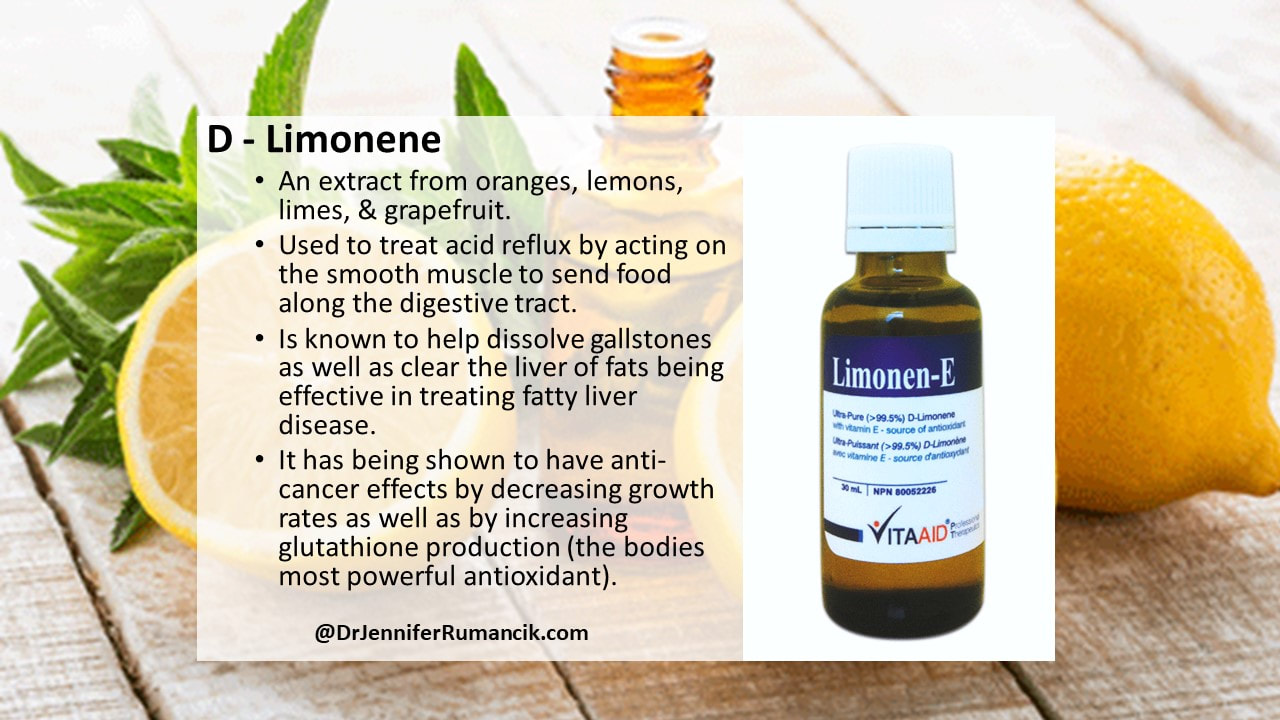
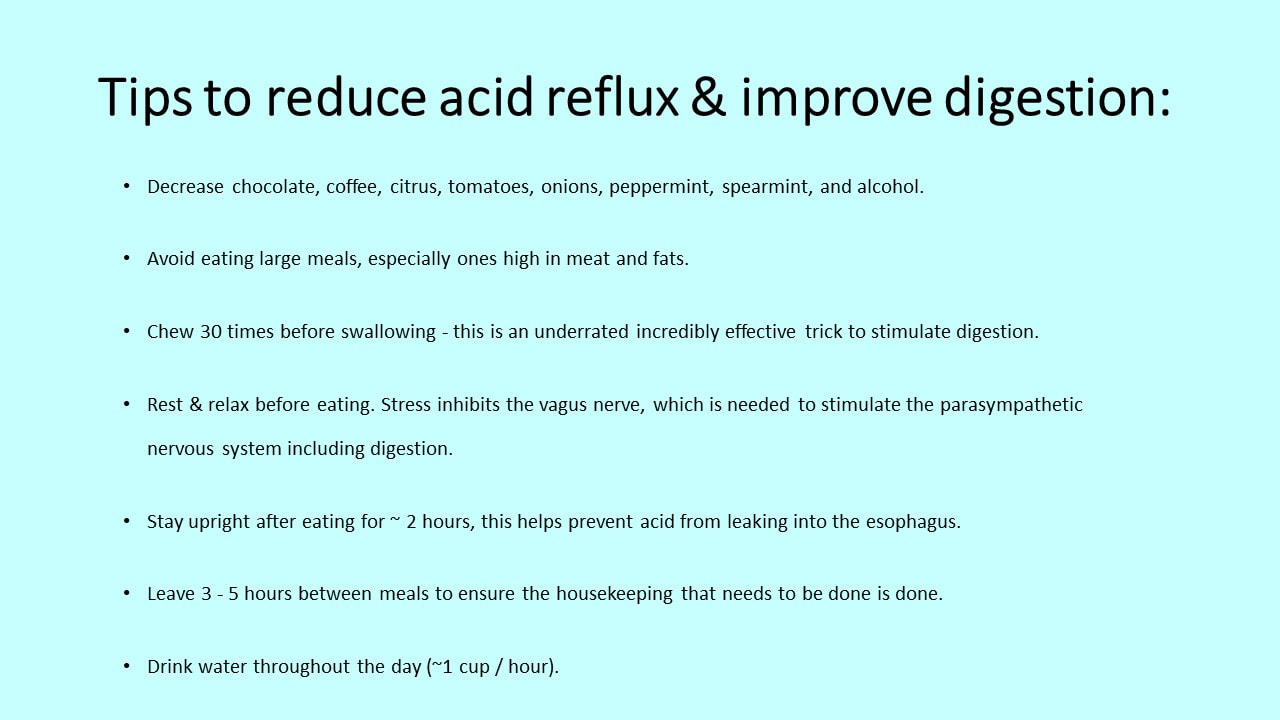
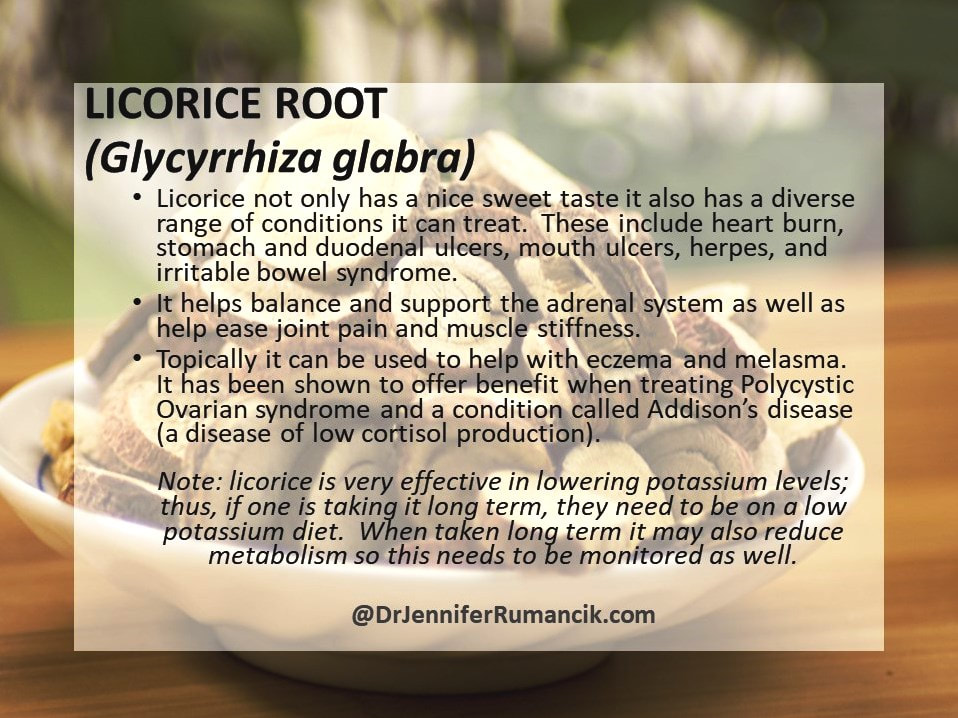
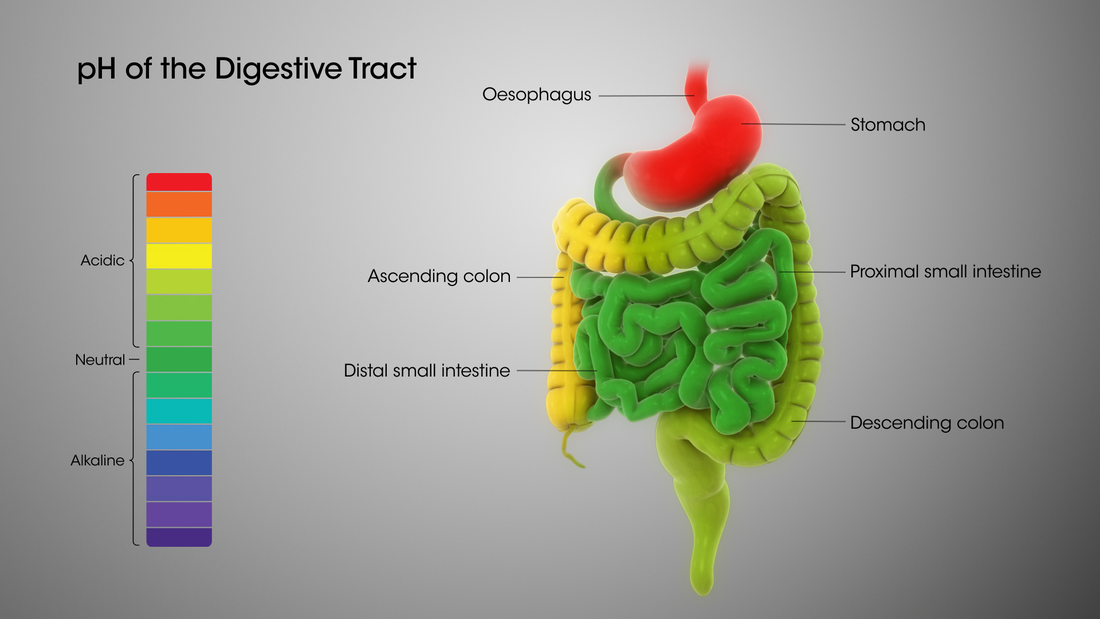
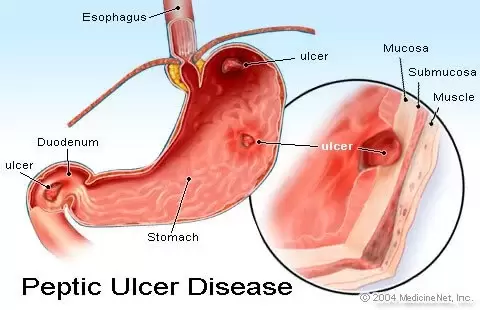
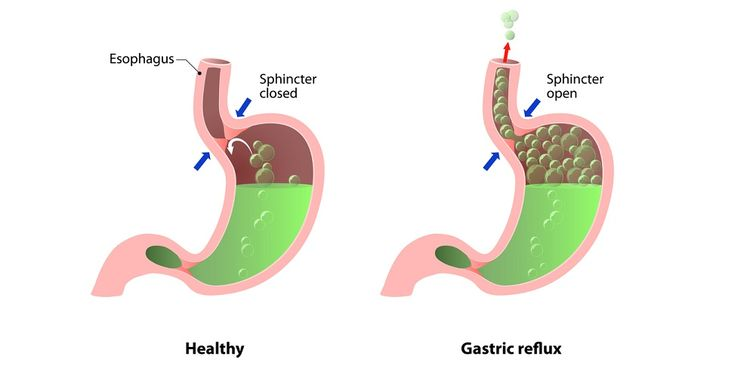
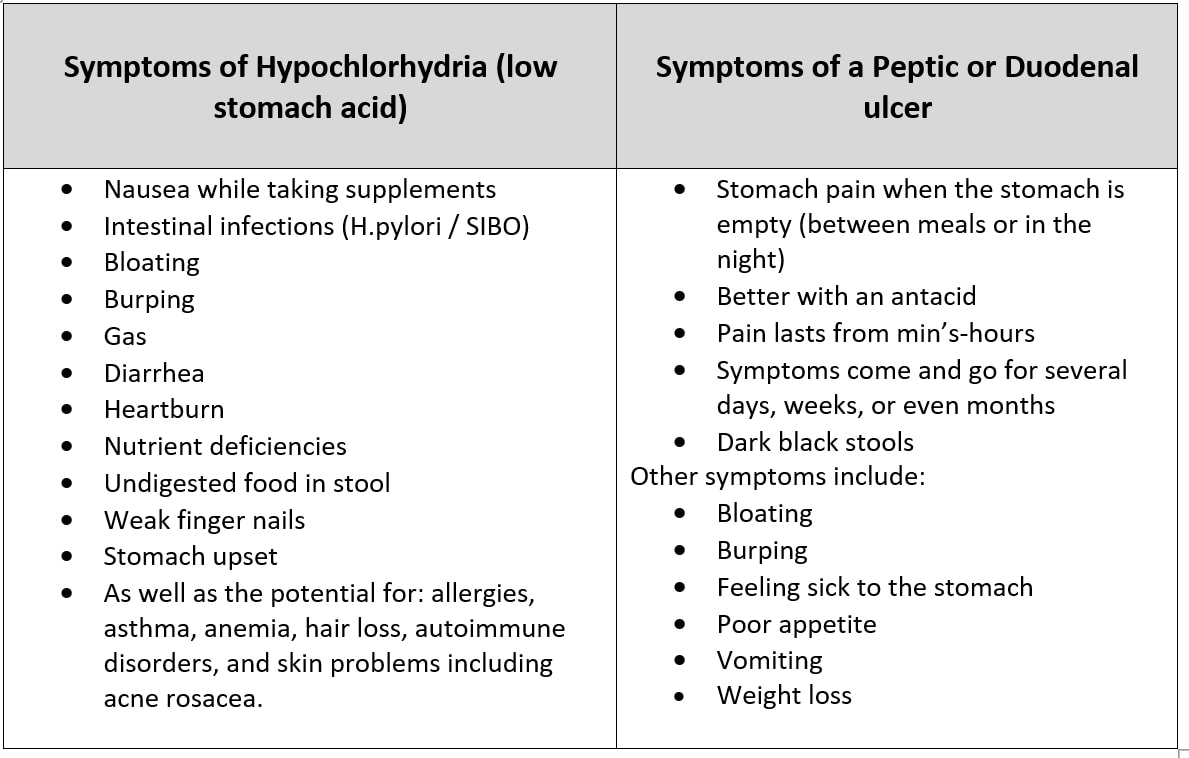
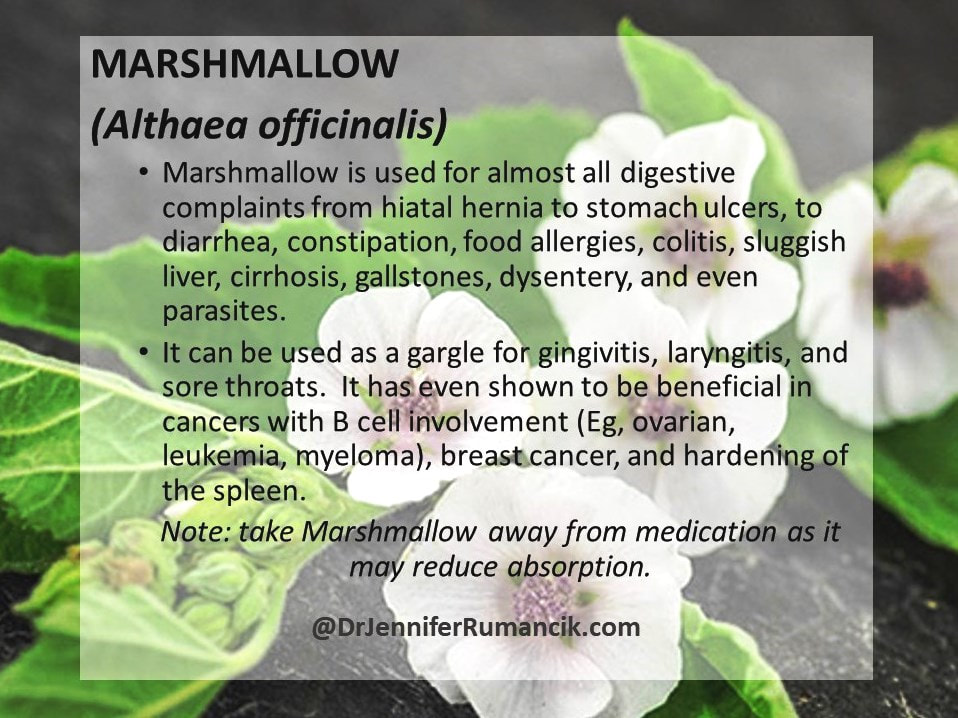
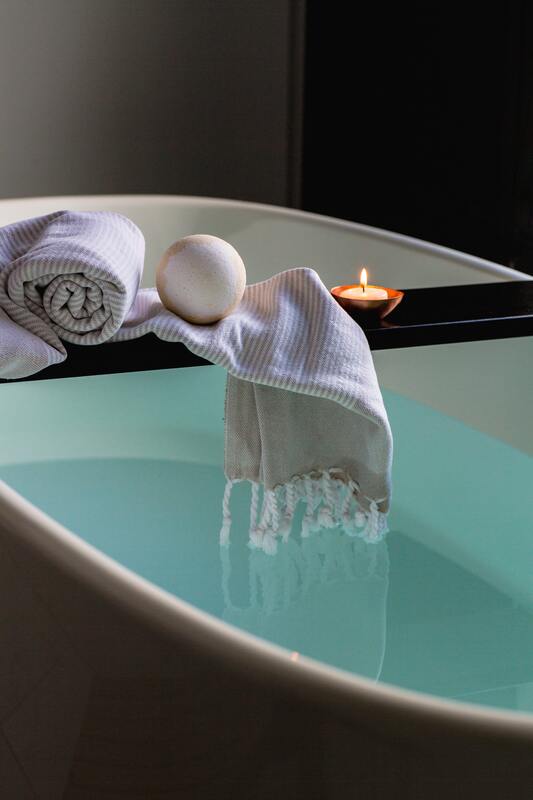
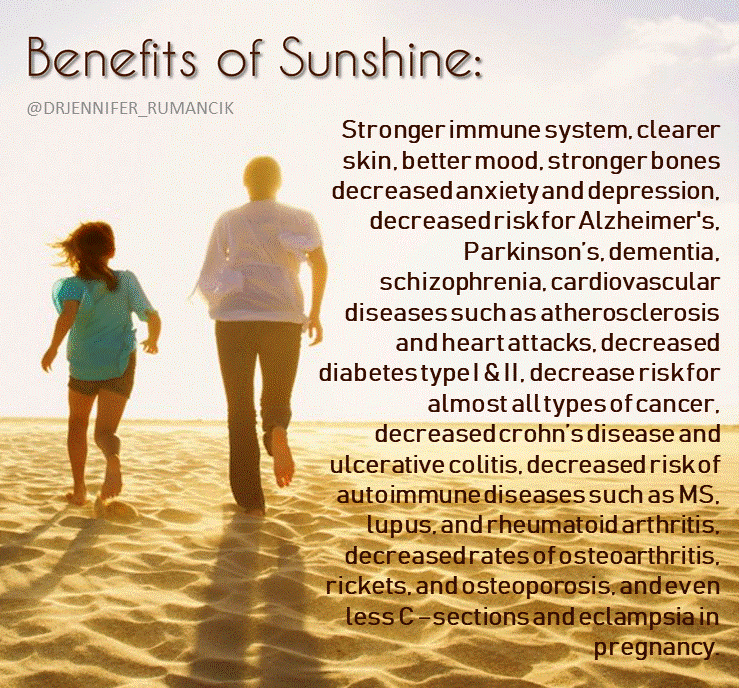
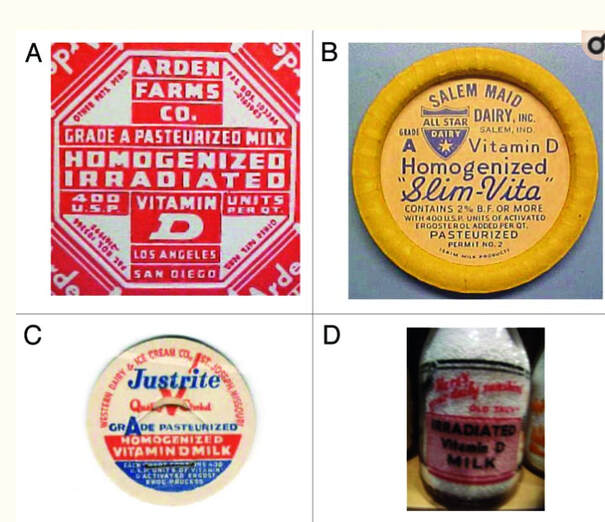
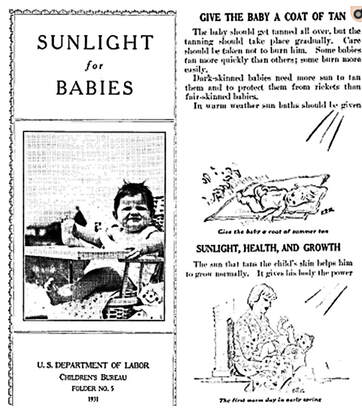

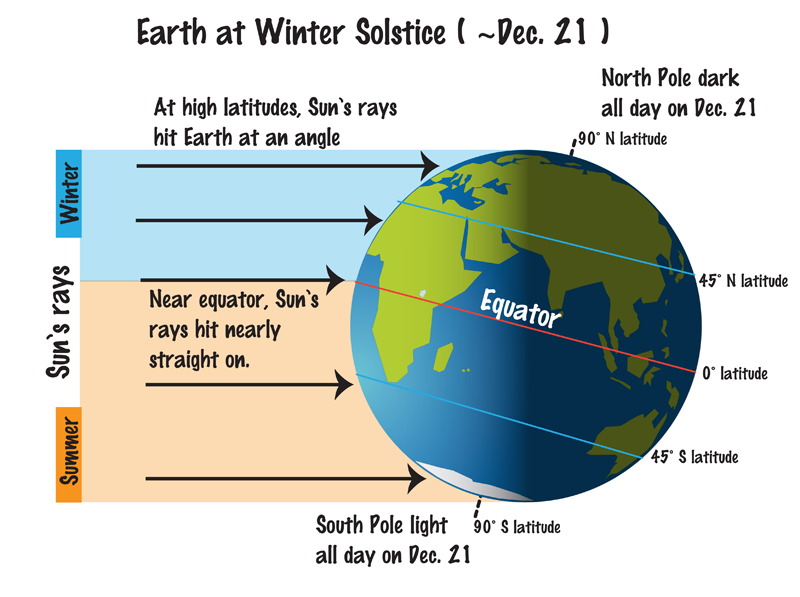
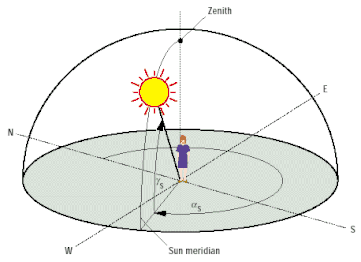

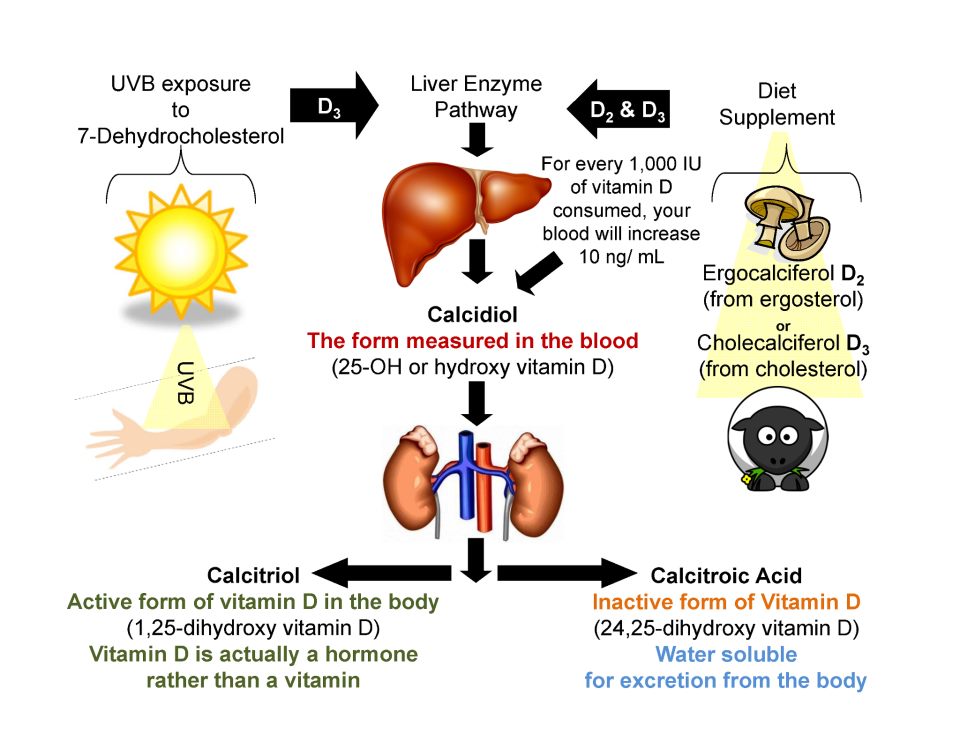
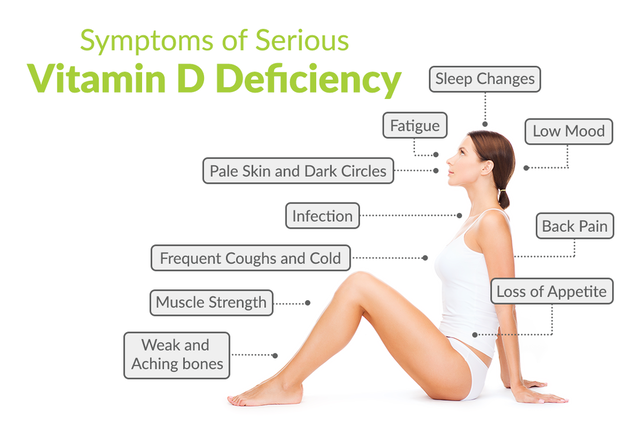
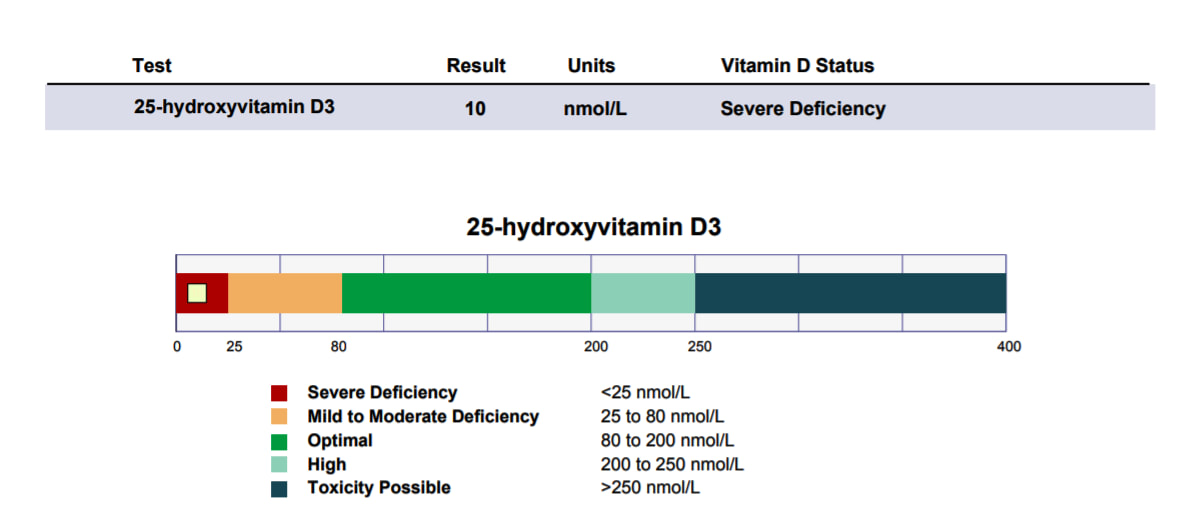


 RSS Feed
RSS Feed
